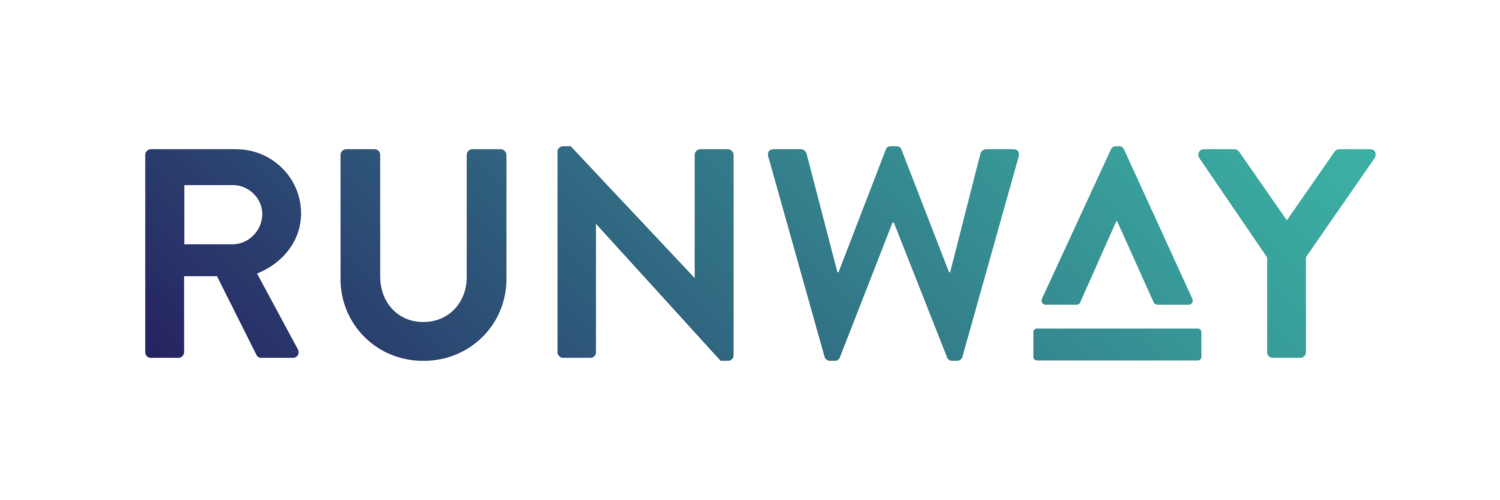The Missing Infrastructure for Black Wealth Creation
In the first blog post of a new project aimed at understanding and improving the state of wealth creation in black communities, much was left unsaid about the origin of this problem. With this second post, some gaps will be filled in.
Let’s start with a hypothetical example. A young, new entrepreneur (who happens to be a black woman) wants to start a startup. Brilliant, gifted, and motivated, she is an ideal candidate for starting a business. But for the simple reason of bad luck, whenever she pitches her idea to traditional investors like venture capitalists, they don’t bite. After all, this is an extremely difficult market, and great ideas led by great people fail to secure funding all the time.
Without true bootstrapping as an option, she decides to pursue another common path to secure funding for her capital intensive idea–asking family and friends to invest. Once again though, a bad stroke of luck occurs. It turns out that her parents spent the last of their savings (and even took out loans) helping her receive a top tier college education. All of her friends are too young to have any money either.
What if this last let-down wasn’t just bad luck though, but the manifestation of a single concept?
A straightforward statistic explains how this might be the case. Looking at the latest Pew Research wealth gap trends we see that the assets of black individuals is, on average, around $11,000 while white individuals have an average of $144,000. Thus simply because she is black, our entrepreneur’s chance of finding money through the medium of friends friends/family is significantly lower than her white counterparts.
And what if this story wasn’t actually hypothetical, that it is actually true?
It turns out this is the story is the story of Jessica Norwood, who’s working alongside Kevin Jones and myself in this new project surrounding wealth creation in black communities. Jessica faced this situation when she was denied a business loan for lack of collateral, and when her parents could not provide any further assistance after paying for her school and other more immediate expenses.
This wasn’t a new phenomenon for her. She saw this story repeated in many of her peers and could recall countless examples of entrepreneurs of color who suffered as a result of lack of access to capital. After all, blacks in America have only had access to capital, and limited capital at that, for 50 years. That’s less than one generation.
These stacked odds have been Jessica’s main motivation in rethinking how capital spreads to and through black communities. They have been the impetus behind a handful of her already successful projectssurrounding this theme. And most recently, they are what has led her to partner with Kevin Jones.
As the person behind projects like Neighborhood Economics and SOCAP, Kevin has established himself as a successful convener. At his fingertips are the global networks of NE and SOCAP, and within these networks lie many organizations who have designed innovative wealth creation tools. Jessica and Kevin’s partnership is all about sharing these tools.
The ultimate goal will be to take these wealth creation tools, break them down to their working components, and rebuild them in the communities that Jessica is working in. As I wrote about in my first post, a problem that has come up when others have tried this process is the pitfall of inclusion. Mere financial inclusion often has the connotation of fitting a square peg in a round hole. Unless the transferred tool is culturally appropriate, it doesn’t work in its new environment. Rethinking financial tools through the lens of black culture is the heart of this project.
In addition to cultural diversity, our new solutions will exist as part of a wider taxonomy with the objective of being situationally diverse. For example, we’ll be looking at the differences between crowdfunding, b2b credit unions, and lending clubs, and how a specific entrepreneur or community’s needs might warrant the use of one over the other.
The team behind building the taxonomy will not end at the three of us. In addition we will be recruiting the help of other experts, who will all be meeting at a summit taking place in NYC in April. Here 15-20 key leaders representing the entrepreneurial space, investment space, researchers and scholars, community and government, philanthropy and people who command networks or aggregation points of black dollars will be joining Jessica to serve as her brain trust.
Just as competent as the human capital for this project will be, it will be matched by an equally competent tool. Sphaera, a social purpose tech platform focused on finding the best way to share solutions, will be hosting this taxonomy on a custom created ‘solutions hub.’ We’ll be talking more about this later, but if you want to see an example of what this will look like, visit the Resilience Exchange [Full Disclosure: I’m an Intern at Sphaera].
Leading up to the summit, we’ll have the opportunity to learn more about what Jessica’s vision of community investing entails, and how this leads to wealth creation. After these first few overview posts, we’ll be diving into much greater detail and documenting specific examples of what ‘culturally appropriate’ wealth creation tools look like. All of these explorations and conversations will be contained within this blog, so stay tuned.


